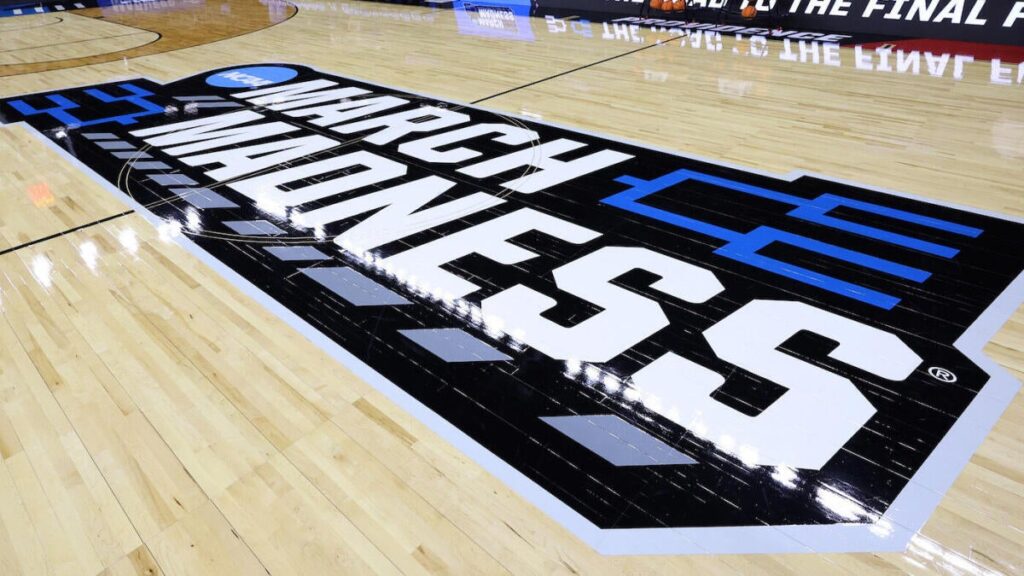The NCAA Tournament will remain at 68 teams — at least for another season.
The 2026 men’s and women’s NCAA basketball brackets will continue in their current form, with the decision to stay put made on a joint Zoom call Monday afternoon between the Division I men’s and women’s basketball committees, sources told CBS Sports. The move comes a little less than a month after the committees’ separate in-person gatherings in Georgia (men’s) and Philadelphia (women’s) when, despite anticipation of a verdict, no action was taken.
Following July’s lack of action, Monday’s vote was seen as an inevitability due to the calendar creep on the 2025-26 academic year.
As for what to do with 2027 and beyond, the topic remains up for scrutiny and debate. The committees have thoroughly looked into the logistics, financials and frameworks of going to 72 or 76 teams. At this stage, sources said, the long-term decision is going to ultimately come down to whether to remain at 68 or move to 76; increasing to 72, while not officially off the table, isn’t seen as a worthwhile endeavor and is regarded as a long shot third option.
Exploration of whether or not to expand March Madness has been ongoing for more than three years. Significant financial challenges and the inescapable reality that bloating one of the most beloved American sporting events remains a highly unpopular proposition have thwarted a vote to expand up to this point. For weeks, sports fans and many in college athletics braced for a vote in favor of expansion, which would dilute the field and reduce the significance and relevancy of college hoops’ regular season.
Altering the structure of the men’s and women’s tournaments would come with a lot of on-the-ground orchestration. Most notably: If a move to 76 is eventually made, that would mandate two additional First Four-type sites, in addition to tens of millions of dollars in additional expenses. An increase to 76 means the men’s and women’s fields would grow by an additional 16 teams total, and with the women’s tournament losing millions each year, making up that money is a steep fiscal slope to climb.
Beyond that, increasing to 76 teams would also bring significant alterations to the selection process and expand the size of the bubble, bringing on a litany of teams with uninspiring résumés and a high volume of losses. Decades of precedents for what constitutes an NCAA Tournament-worthy team would be scraped off in an effort to appease coaches and conference commissioners.
The choice to keep the tournament static for at least another year is a move guaranteed to be celebrated among sports fans, the majority of whom stand in opposition of increasing the size of March Madness. The NCAA is often prone to significant public relations hits, but in keeping the status quo with its most popular event, it should find widespread praise for as long as the tournament remains at 68 teams.
Read the full article here


